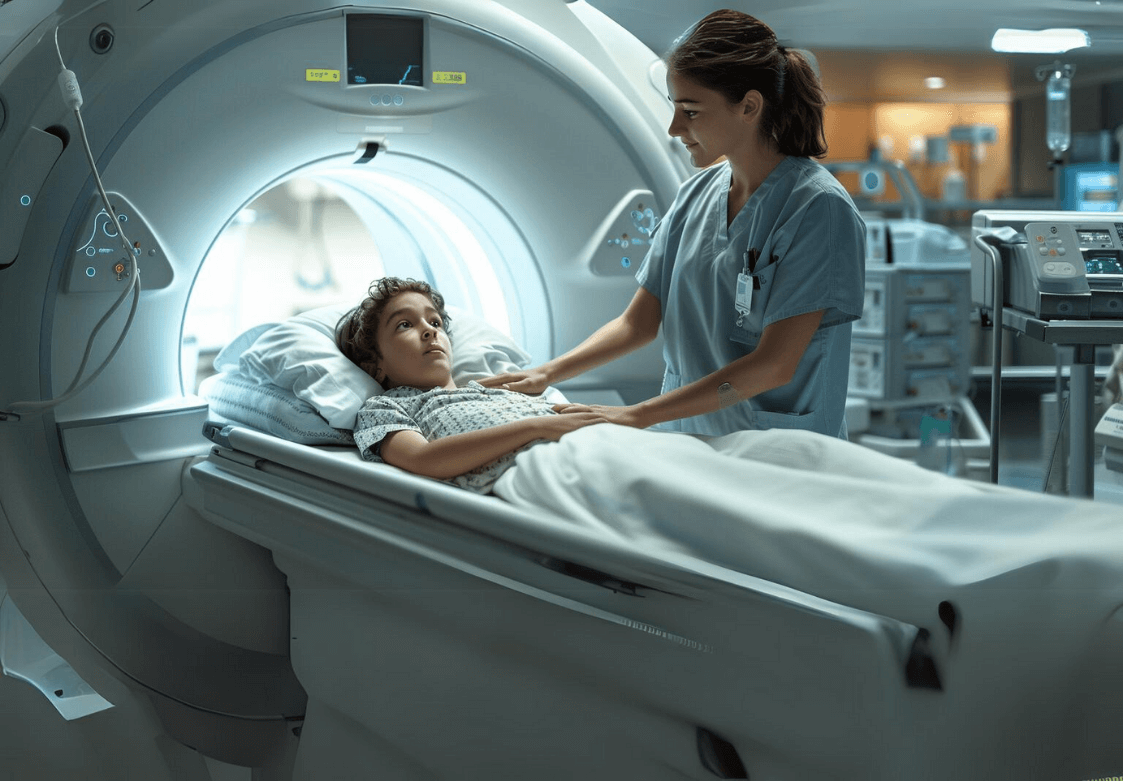Left untreated, heatstroke can cause damage to the central nervous system (CNS) and to vital organs. The longer it is left untreated, the worse the damage will be. The problem is that in many cases heatstroke is misdiagnosed or disregarded. Prevention is the best possible thing with a condition like this.
People most at risk for classic heatstroke include elderly people, young children, and those who are chronically ill. Exertional heatstroke usually occurs because an athlete, laborer, soldier, or other person has pushed themselves too hard due to pressure to succeed.
Symptoms of heatstroke include:
- Core body temperature of 104 F (40 C) or higher
- Fainting
- Altered mental state or behavior such as confusion, slurred speech, irritability, delirium, or seizure
- Throbbing headache
- Dizziness
- Lack of sweating with skin that is hot to the touch
- Nausea and vomiting
- Rapid breathing
- Rapid heart rate
- Flushed skin
Heatstroke Prevention
Anyone can develop heatstroke, but those who are at a higher risk should take all the precautions necessary to prevent it. According to Dr. Ran Yanovich of the Heller Insititute of Medical Research at Sheba Medical Center, “Proactive steps should be taken to mitigate the risk of heatstroke. These include staying in air-conditioned spaces, using fans, taking cool showers, and decreasing physical exertion. Heatstroke can be a life-threatening condition if it is not promptly recognized and effectively treated.”
The following tips can help you to prevent heatstroke in hot weather or during physical exertion.
- Stay hydrated. Dehydration can come on faster than you’d expect as the temperatures outside rise. Drink at least eight glasses of water as well as drinks with electrolytes, such as coconut water, fruit juice, or vegetable juice. Drink an additional 8 ounces of water for every 20 minutes of exercise.
- Wear lightweight, loose-fitting clothing. Clothing that is weather-inappropriate can trap heat inside and cause your body temperature to rise.
Avoid drinking alcohol. Alcohol can interfere with your body’s ability to regulate your temperature. - Wear sunscreen. Apply sunscreen with an SPF of 30 or more. Reapply often as long as you are exposed to the sun. In addition, wear a wide-brimmed hat to protect your face and neck from harmful sun rays and sunburn.
Stay inside during the hottest times of the day. Reserve outdoor summer activities to the morning or late afternoon hours and avoid going outside between 12-4 pm. - Decrease physical activity in hot weather. If you usually go running outside, run on a treadmill instead during the hottest months of the year.
Never leave anyone in a parked car. Temperatures inside cars can rise 20 degrees F within 10 minutes. A child left in a hot car can die within an hour due to heatstroke, so always check car seats before walking away from your car.
Heatstroke First Aid
The first thing that you should do if you suspect that someone has heatstroke is to call an ambulance or bring the person to the hospital. While waiting for medical assistance to arrive, you can do the following things to try and bring the person’s body temperature down.
- Bring the person indoors or to shade if they are in the sun and lay them down.
- Remove excess clothing.
- Wet their skin and fan them continuously.
- Apply wrapped ice packs or cool wet towels to their neck, armpits, and groin. Do not use ice on elderly people, young children, or patients with chronic illness.
- If the person is able to sit up by themselves, give them water to drink slowly.
- If they are not able to sit up, do not give them any fluids.
- Immerse them in a cool bath.
Heatstroke can happen to anyone, but if you are with an elderly person, young child, or a patient with chronic illness, take extra care to prevent heatstroke by giving them plenty of water to drink and keeping them out of the sun. People recovering from heatstroke are extra sensitive to high temperatures, so avoid hot weather and exercise until you have consulted with your doctor.




